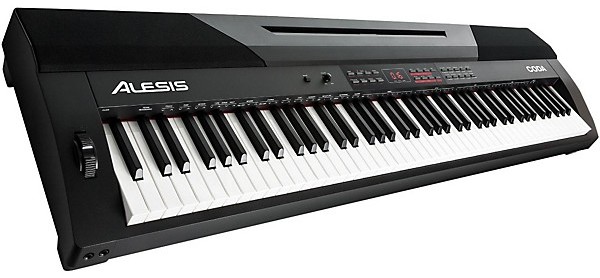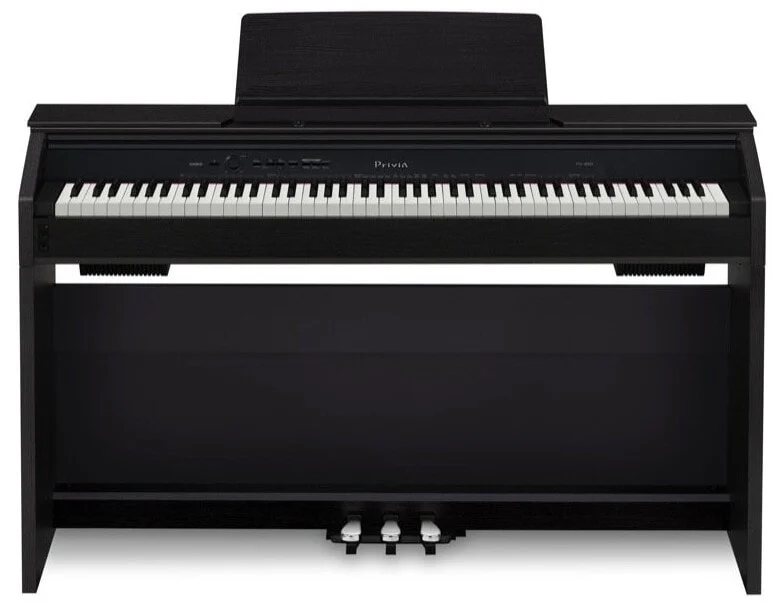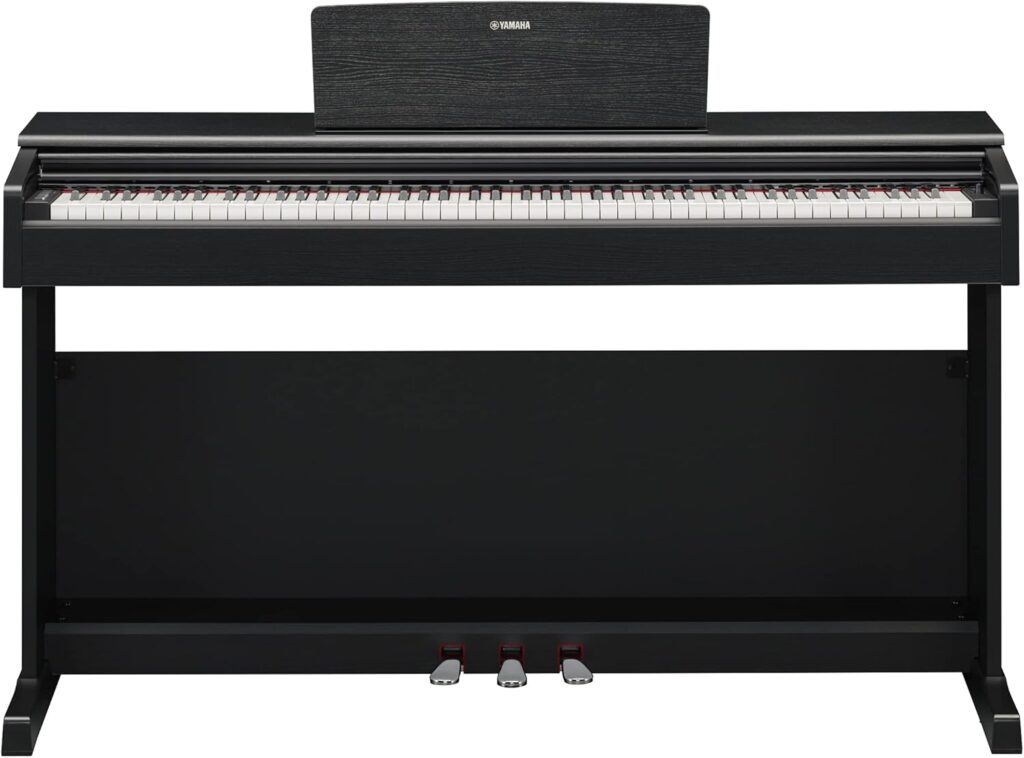Understand the Core Differences First
Orientation Shapes Everything
Trying to decide between an upright or grand piano? It’s a big decision—and not just about size or price. The differences between these two types of pianos go beyond appearance. Whether you’re furnishing your music room or choosing your first serious instrument, this guide breaks down everything you need to know about choosing an upright or grand piano, from sound and feel to space and budget.
Soundboard and String Length
Grand pianos usually have larger soundboards and longer strings, giving them fuller resonance and dynamic range. Uprights, though more compact, use vertical strings to conserve space—which slightly compresses their acoustic potential.
Compare the Tone and Sound Projection
Grand Pianos Deliver Concert-Ready Sound
Thanks to their open lid and horizontal design, grand pianos project sound outward into a room. They’re ideal for performances and larger spaces where richness and sustain matter most.
Uprights Still Sound Beautiful
Upright pianos may not match the sonic power of a grand, but they can still produce a warm, expressive tone—especially higher-end models designed for home use or small studios.
Feel and Playability Matter Too
Why Grand Pianos Feel More Responsive
The gravity-assisted action in grand pianos allows for quicker hammer return and faster repetition. That means better control, especially during fast or delicate passages.
Upright Action Is Different—But Still Playable
Uprights rely on spring-loaded vertical action. While not quite as fluid as a grand, quality uprights still offer satisfying playability for everyday practice and casual performance.
Consider the Space You Have Available
Uprights Fit Just About Anywhere
They’re designed to hug walls and occupy minimal floor space—ideal for apartments, small music rooms, or families with limited layout options.
Grands Need Room to Breathe
Even baby grands require at least 5×7 feet of space, not including the bench. The shape and lid also affect where sound bounces—so acoustics matter.
Visual Presence and Aesthetic Appeal
Grand Pianos Steal the Show
Whether it’s a baby grand or a 9-foot concert instrument, these pianos are showpieces. They exude elegance and become the visual centerpiece of any room.
Uprights Offer a More Subtle Charm
They blend in more easily with furniture and décor. Some upright models come in sleek or vintage cabinet styles to match modern homes.
Cost, Budget, and Maintenance
Grands Are an Investment
Expect to spend more for the size, materials, and craftsmanship of a grand. You’ll also pay for professional moving, tuning, and climate control.
Uprights Are More Budget-Friendly
They cost less to purchase, maintain, and move. If budget is a concern, uprights offer a genuine acoustic experience without the premium price tag.
Who Should Choose an Upright Piano?
Best For:
- Beginners and intermediate players
- Families and hobbyists
- Small homes or multi-use spaces
- Tight budgets
Why It Works
It’s easier to place, more affordable, and delivers great sound for most daily needs.
Who Should Choose a Grand Piano?
Best For:
- Advanced players or professionals
- Concert venues or dedicated music rooms
- Recording studios
- Anyone seeking premium tone and touch
Why It Works
Grands offer the highest level of responsiveness, tone quality, and visual appeal.
Digital Alternatives: A Middle Ground?
Digital Grands and Upright-Style Consoles
For those who want the look or feel of an acoustic piano with digital features, many brands offer impressive alternatives. You’ll get weighted keys, built-in speakers, and even realistic cabinet finishes—without worrying about tuning or humidity.
Conclusion: Choose Based on Space, Budget, and Goals
There’s no one-size-fits-all answer. Uprights are perfect for everyday practice, small homes, and budget-conscious players. Grand pianos are for those who want to go all-in on touch, tone, and presence. Know your goals. Consider your space. And always test play before you buy. Your fingers will tell you what feels right.
FAQs
- Is a grand piano always better than an upright?
Not always. Grands offer better tone and responsiveness, but uprights are more practical and still sound great for most players. - How much space do I need for a grand piano?
A baby grand typically requires 5×7 feet minimum. Full-size grands need much more. - Are uprights easier to maintain?
Yes. Uprights are less sensitive to temperature changes and easier (and cheaper) to tune and move. - Can a high-end upright rival a baby grand?
In many cases, yes. Some premium uprights offer tone and action quality that rivals smaller grand models. - Is it worth buying a grand piano for a beginner?
It depends on your budget and commitment. While not necessary, a grand piano can be inspiring and help develop good habits early on.



